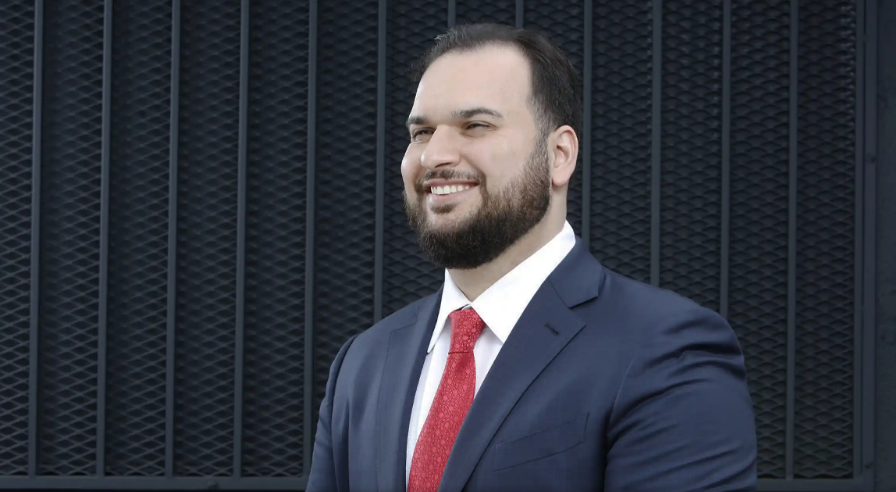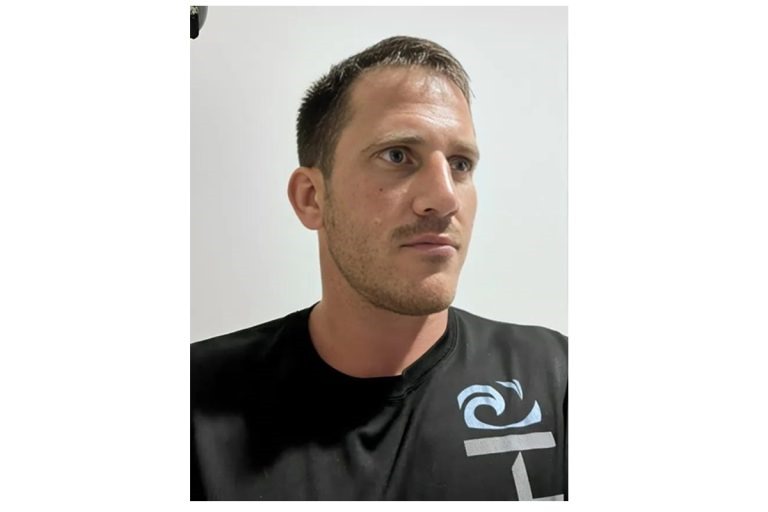John Jezzini | Educators and Child Abuse Prevention and Response
A strong personal commitment backs up many educators’ professional responsibilities to the well-being of children. This personal dedication is crucial because without it, attempts to prevent and cure child abuse and neglect would be superficial or ineffectual. Perhaps the most compelling incentive for educators to engage in the intervention and prevention of child neglect and abuse is a feeling of personal duty to and for children. This interview with John Jezzini includes a basic review of child abuse and neglect and educators’ roles in preventing and reacting to maltreated children.
Q: John Jezzini, can you explain how home abuse affects literacy development in young people?
A: Parents have a basic right to nurture their children as they deem fit, and society expects parents to behave in the best interests of their children. When parents fail to safeguard their children from danger or satisfy their basic requirements, as in situations of child abuse and neglect, society must step in to preserve these children’s health and well-being.
Q: Asides from parents, who else can identify abuse in young people?
A: Children and teenagers spend a significant amount of time in school, giving educators more access to pupils than most other professions. For this interview, the term “educator” refers to the classroom teacher and other school staff engaged in the child’s care. We will look at the roles of teachers, guidance counselors, school nurses, school social workers, special education professionals, admins, and other school employees in assisting maltreated children since educators may support children in several ways.
Certainly, raising awareness about the issue of child abuse is the first line of defense. Everyone who works with children has to understand the fundamentals of child protection. The child’s safety is not only a single person’s concern but also a community concern. Educators are an important part of the community; as such, they can help lead and participate in community efforts to fight child maltreatment.
Q: Why should the abuse young people face at home be the responsibility of educational instructors?
A: There are several reasons why educators play such an important role in diagnosing, treating, and reducing child maltreatment. For example, they have frequent and close interaction with youngsters. Secondly, educators have a legal and professional obligation to report suspected mistreatment. While educators help children learn, children cannot learn successfully if their focus or energy is diverted by the conflicts that come with being mistreated.
Thirdly, school staff has a unique chance to advocate for children while providing services and programs that may benefit children and families. It is critical to recognize that a strong connection with a supportive adult may boost the resilience of children who are abused, are in danger of abuse, or reside in a household where there is no maltreatment, but the family struggles with other issues, such as drug misuse.
Q: Tell us John Jezzini, what role does society have to play in curbing abuse that affects literacy in young people?
A: Abuse and neglect of children are community issues. Educators can start this type of collaborative learning as community leaders. Many formal programs in schools and the community have successfully addressed the challenging and self-destructive behavior patterns in youth that often follows child abuse. Model programs encourage cooperation, peer collaboration, independence, and social inclusion using community resources.
Every state requires educators to report child neglect and abuse by establishing a legal support system. State law obligates mandated reporters to report abuse and neglect to the state agency. Some states specify teachers, school heads, nurses, and counselors, while others include all school staff. Most states penalize mandated reporters who don’t report. Fines, misdemeanors, and jail time are possible penalties.
In recent years, most states have strictly enforced these penalties. Educators should know their state’s reporting laws because some have penalized non-reporters. Mandatory reporters who share in good faith are immune from civil and criminal penalties in all states. Thus, the rule mandates educators to disclose child abuse and neglect, protects those who do and punishes those who do not.
Q: John Jezzini, what have you to say about teachers who do not have basic skills in psychological behavior?
A: The basic purpose of education is to educate. To do this, it is often important to eliminate obstacles impairing a child’s learning capacity. The trauma and persistent consequences of child abuse and neglect are just as great a barrier to learning as any other obstacle. Educators are educated to identify and intervene when students are not maximizing their educational possibilities.
Because of their training, they can spot symptoms that a kid is being abused. Because schools are among the only settings where children are seen practically every day, instructors have the opportunity to observe changes in looks and behavior. Everyone works together to support students, from classroom instructors to guidance counselors, nurses, social workers, psychologists, and administrators.
Q: Are there ways educators can curb this abuse that affect literacy in young people?
A: Educators are highly aware of their professional responsibilities to the children in their care. They are passionate about these young people’s health, safety, and happiness. Educators are conscious that they are mentors for the children they educate and may be a significant source of assistance, concern, and responsibility for many young people.
Educators desire to do what is most beneficial to the children in their custody because their job descriptions dictate it. As required reporters, all educators must not only report suspected abuse but also know how to file a report, be aware of their district’s rules and reporting processes, and contact the right authorities.
Due to worries about child abuse charges, several daycare facilities and schools are urging or even requiring their personnel not to touch children. Some young people learn better with nurturing touch. All children, especially those not raised at home, may lose this vital ingredient. “Normal” touching is another good affirmation educators may provide. However, “normal” depends on personal experience and culture. Touching in private or for the educator’s sexual pleasure is always an issue.
Children should be educated and empowered about acceptable and improper touching. Prevention programs teach kids about good, unpleasant, and confusing touch. “Good touch” typically means embraces, encouraging pats, and other good gestures. Remember that these gestures might be interpreted differently. Hugging is not “good touching” for certain individuals. “Bad touch” typically means beating, punching, biting, and other hurtful activities.
Children may find “confusing touch” uncomfortable. The child may feel the contact is excessively lengthy or distinct from other children’s. Respect for children necessitates that they are allowed to voice their thoughts regarding “good,””unpleasant,” or “confusing” contact after being educated. Children who are taught to know how particular touches feel and encouraged to communicate their emotions should be permitted to notify the instructor when something hurts. No young child should have to defend himself. However, this training may help youngsters feel more comfortable talking to adults about improper contact.
Some schools practice physical punishment. Over half of states ban striking, paddling, or physically disciplining children. School districts vary in practice. Corporal punishment’s efficacy and effects are also debated. Most research suggests that physical punishment alone does not teach morality or discourage wrongdoing. School physical punishment has several factors. School staff may not always explore alternative punishments for “paddled” pupils. The following example shows the advantages of creative, alternative discipline.
Educators should also know that moment, physical punishment and removal from activities may have unexpected effects on abused or neglected children. If that’s the only attention they think they deserve, mistreated young children may ask for it. Such punishments may not deter wrongdoing. Thus, understanding the child’s motivations helps decide punishment and promotes good conduct.
Q: What are your final words John Jezzini?
A: When young people are not protected at home, it is the collective obligation of all adults to ensure security since abuse at home may do more harm than good to their physical, emotional, psychological, and academic development.




